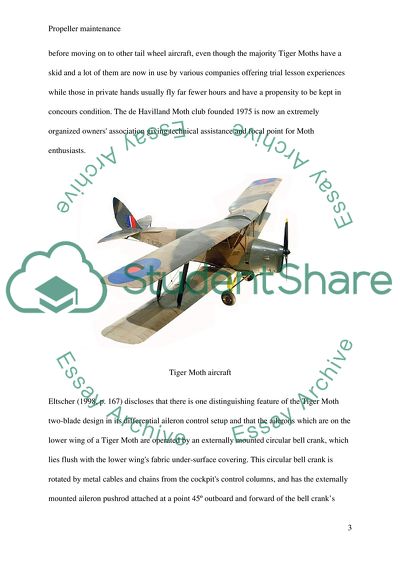Cite this document
(Propeller Maintenance: Tiger Moth Aircraft and Spitfire Mk XI Coursework, n.d.)
Propeller Maintenance: Tiger Moth Aircraft and Spitfire Mk XI Coursework. https://studentshare.org/technology/1759521-propeller-maintenance
Propeller Maintenance: Tiger Moth Aircraft and Spitfire Mk XI Coursework. https://studentshare.org/technology/1759521-propeller-maintenance
(Propeller Maintenance: Tiger Moth Aircraft and Spitfire Mk XI Coursework)
Propeller Maintenance: Tiger Moth Aircraft and Spitfire Mk XI Coursework. https://studentshare.org/technology/1759521-propeller-maintenance.
Propeller Maintenance: Tiger Moth Aircraft and Spitfire Mk XI Coursework. https://studentshare.org/technology/1759521-propeller-maintenance.
“Propeller Maintenance: Tiger Moth Aircraft and Spitfire Mk XI Coursework”. https://studentshare.org/technology/1759521-propeller-maintenance.


